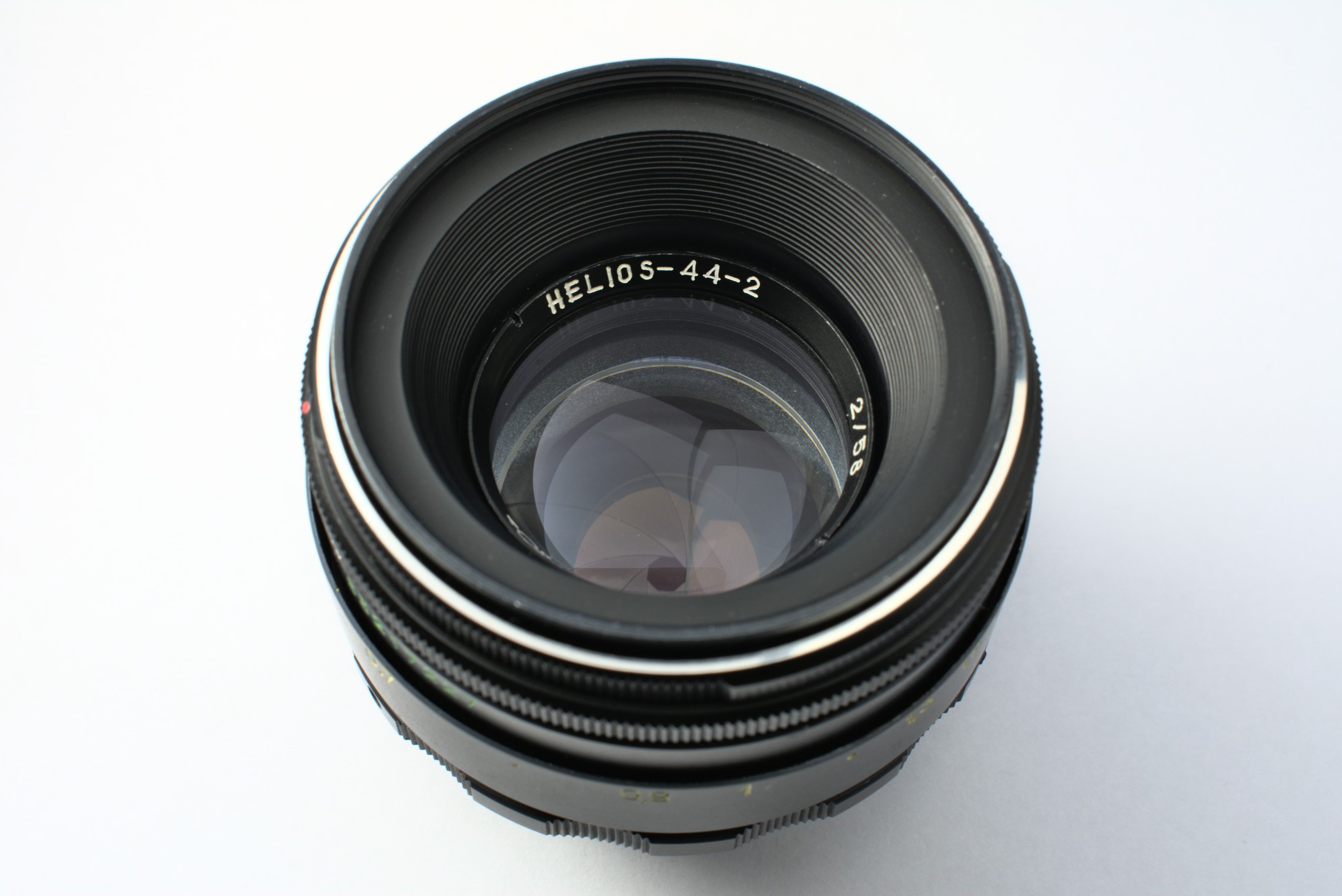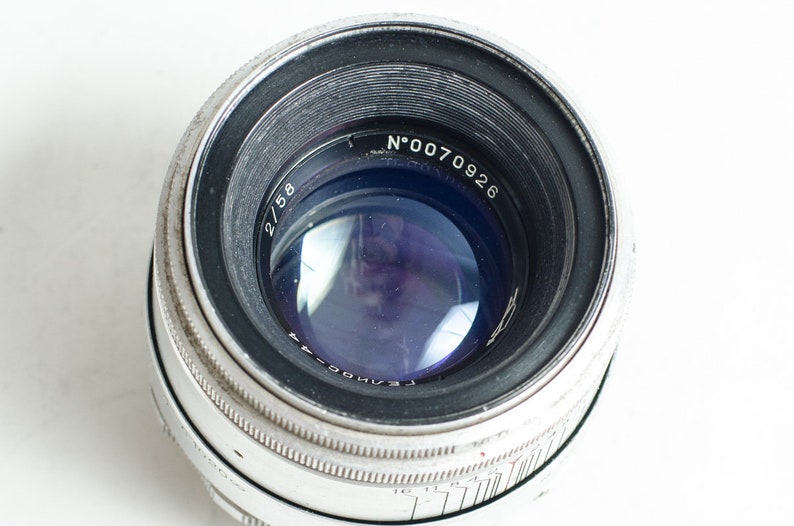

Later, this feature was dropped in favor of the older layout.
#Helios lens m39 mount manual
Helios 44M with automatic and manual control switch. Until the multicoated versions, resolution remained almost the same, but the light coefficient transmission was improved. The new diaphragm control has now an Auto and Manual switch, which indicates that the lens can be used on automatic preset control or on fully manual control. The new Helios 44M changes the aperture control and place completely, marking the transition from the old preset system to the new modern ring style. From the 1970s, the two designs remained in parallel production until the very end. Helios 44M marked a big change in the design of the older Helios 44 lens, despite the fact that the optical formula of the lens remained the same. This late Helios 44-2 version looks different but keeps the same layout as the previous one: focusing ring kept at the back of the lens, aperture priority ring. Soviet Helios 44-2 made at the Belomo factory, in today’s Belarus. It is probably one of the last of the Helios 44-2. This is a rarer version of the lens which has the same specifications as the Helios 44-2 early but has a different body style. However, we didn’t find any inconsistencies until now.įigures based on the web resources from Zenit indicate that the Helios 44-2 has better resolution than the Helios 44. As it was previously said, some users signaled that quality may vary.


Focusing is done by a ring closer to the mount, which may not be the best system in terms of ergonomics, but it is better than the one found in the Mir 1, for example. The number of blades was also reduced from 13 to only 6 or 8. In terms of body style, the silvered chrome was replaced with black metal, as it was the case with almost all vintage lenses starting with the late 1960s. Bokeh is very nice and the lens still retains the sharpness of the Biotar, especially when kept in the f3.5-8 aperture range. Colors seem somewhat cold and watery and maybe a little too greenish for some tastes, but that’s the beauty of it. The most important fact is that Helios 44-2 has its own personality in terms of color reproduction and bokeh. It was one of the last preset aperture control lenses to have been in production during the 1980s. The lens impresses with its simplicity in both design and construction, but it is sturdy and reliable. This was one of the most used 35mm film cameras coming from Eastern Europe. Helios 44-2 early on a Zenit camera from the 1960s. The other famous kit of the time was the Praktica film camera, which was equipped with the Pentacon 50mm lens. Back then, Helios 44-2 was the standard lens on Zenit film cameras and the two products were sold in large numbers, especially in Eastern Europe. Probably, this early version was also the most successful of them all in terms of numbers. That’s thanks to its greater availability in comparison with the old version and because of its greater prestige in comparison with the newer versions. This is probably the most sought of version of the Helios 44 series. Also, the glass has a purple tint, which is somehow atypical for a non-coated or single-coated lens.
#Helios lens m39 mount serial number
Some really old Helios 44 lenses, such as the one presented here, do not have the typical Soviet serial number where the first two letters indicate the production year. It has a 13 blade aperture with preset aperture control, the maximum opening is f2 and the minimum is f16. This first version of the lens really looks old school with its silver-like shining chrome body. While variations in terms of glass quality are open to debate, reliability in Helios 44 remained strong throughout the years. While the focal length and maximum aperture remained the same, improvements and changes were made in terms of resolution, coating layers and body style. Some Helios 44 lenses were also sold on Soviet Start cameras, which had a bayonet mount.ĭuring its long production span, the Helios 44 has had numerous variations.

It was initially produced in the M39 mount and then became one of the first lenses to be made for the M42 mount. The optical formula remained the same.īoth design and optics-wise, the Helios 44 is a copy of the prewar Carl Zeiss Biotar with which it shares the same focal length and maximum aperture. The overall design was changed and the focus ring was repositioned. Design-wise, this version is almost identical with the original Helios 44. Helios 44 was produced in the Soviet Union primarily at KMZ near Moscow but also at Valdai or later at BELomo in Minsk. The lens is quite popular today because of its distinct image rendering, availability, and price. Production started after World War II and continued for half a century, until the 1990s. Helios 44 58mm f2 is one of the best known Soviet vintage lenses.


 0 kommentar(er)
0 kommentar(er)
